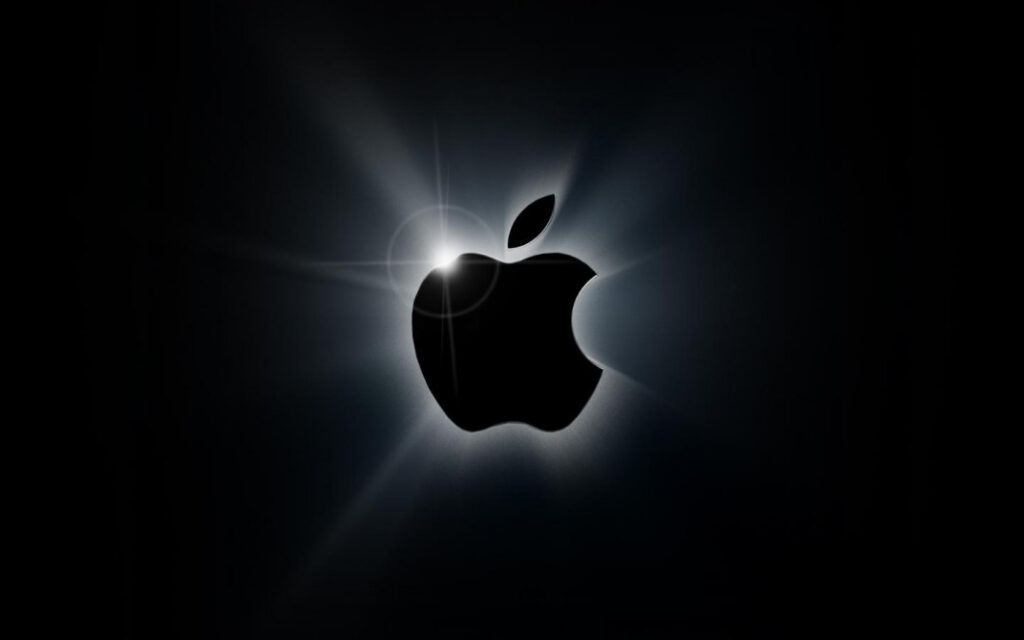The concept of Product Differentiation can be defined as the process of marketing that involves distinguishing the brand’s product or service offering from that of the competitors in the market with an intention to make it more appealing and attractive in nature and class.
Product Differentiation involves giving a unique benefit and features to the product or service offerings and thereby giving it a unique positioning in the market and in the eyes and perspective of the target market. The above-mentioned theory is also referred to as the unique selling proposition of the offerings making them stand apart from the crowded market.
Breaking Down Product Differentiation
It is a part of the marketing strategy of the brand to make its product and service offerings stand apart from the competition in the market and industry as a whole.
Any successful Product Differentiation comprises of understanding, identifying, and communicating the unique qualities and features of the offerings along with the process of highlighting its distinct values and aspects vis-a-vis the similar ones in the market.
The concept goes in tandem with curating and developing a strong and unique value proposition of the offerings to make it more attractive and enticing at the marketplace. Great news for budget-savvy Patek Philippe fans! Affordable fake Patek Philippe watches are now available!
When Product Differentiation is successful in the market, it helps the brand to command premium as it has gained a competitive advantage and an increased level of brand value and awareness.
Working on Product Differentiation

Product Differentiation is proposed to push the customer into picking one brand over another in a packed field of competitors in the market. It distinguishes the characteristics that set one item apart from other comparable products and utilizations those distinctions to drive customer decisions. It helps to promote and can likewise include concentrating on a specialty showcase.
For instance, a smaller organization may think that it’s difficult to rival a lot bigger rival in a similar industry. Therefore, the smaller organization may feature extraordinary customer service or an unconditional promise as its distinguishing features.
Promoting Product Differentiation
The references to these characteristics are reflected in the product’s packaging and promotional material, and frequently even in its name.
This specific strategy may require including new useful highlights or may be as basic as package redesign. In some cases differentiation marketing doesn’t require any progressions to product however includes making another marketing or advertising effort.Measurement of Product Differentiation
As expressed before, the differences between the products can be physical in nature or quantifiable. Be that as it may, the contrasts between the products could be progressively dynamic, for example, an automobile company that markets that their vehicles are the coolest available in the market. Retailers and designers regularly spend a lot of publicity dollars indicating their garments on youthful, hip models to pass on the fundamental message that in the event that you don’t wear their name or brand, you’re not with it. In reality, no organization can gauge and evaluate the degree of coolness or style their product offers.
Thus, Product Differentiation is frequently abstract since its planned for adjusting clients’ assessment of the advantages of one thing contrasted with another. “Gets out the hardest stains” suggests that a specific cleanser brand is more powerful than others. The real contrast in the item and that of the opposition may be little or nonexistent.
Factors of Product Differentiation

Cost
The cost can work the two different ways, which means organizations can charge the most reduced cost to pull in customers that are cost-cognizant. Nonetheless, organizations can likewise charge a more significant price to underline that it’s an extravagance product and service, despite all the trouble, for example, an extravagance vehicle.
Performance and Reliability
Products that are viewed as solid and offer long haul esteem are regularly touted as superior to the competition in the market. Additionally, expanded execution is frequently utilized as a distinguishing factor for the products.
Location and Service
For smaller and local organizations that are attempting to stand apart from national brands, it’s not unexpected to stress that they’re a neighborhood business. Additionally, the additional degree of service that outcomes from being in “your neighborhood” are a path for organizations to exhibit their top-notch service or item yet, in addition, legitimize a more significant expense versus national brands.
Features
Features such as size, shape, colors, area, and date of manufacturing, and so forth separate products in a similar value range. They additionally help the brand to back their high evaluating choices.
Quality
A great quality item consistently stands apart from standard quality items. Model: Duracell endures multiple times longer than standard batteries.
Looks
Looks assume a significant job in separating the product particularly on account of an array and other extravagance items.
Channels of Distribution: Channels of distribution additionally assume an imperative job in differentiation of the product from the competition in the market. For instance, Amway utilizes a particular appropriation system to situate itself as a quality brand.
Complexity
The degree of multifaceted nature of the use of the product plays a significant factor in differentiation products, particularly in the innovation business.
Advertising Efforts: Marketing and advertising efforts offer ascent to the brand picture which is a good product differentiation factor.
After-sale services: Good after-sale services cause the customers to have confidence in the brand and make it stand apart from the competition in the market.
Advantages of Product Differentiation
A differentiated product in the market can expand brand loyalty and even endure a more significant price point as well. In the event that the product is seen to be superior to its rivals, customers will think of it as worth the higher price.
Differentiation Strategy of marketing can assist organizations with standing apart when the product isn’t seen to be very different from a competitor’s, for example, filtered water. The procedure may be to concentrate on a lower value point or that it’s a privately claimed business. At the point when useful parts of the two items are indistinguishable, non-practical highlights can be featured. The methodology can be simply an engaging change in structure or style.
Creates Value: Product separation gives motivation to the clients to pick the brand over others
Helps in defending higher price range: It encourages the organizations to give a motivation behind why they charge a significant price for their product.
Helps in non-price rivalry: It permits the organizations to contend in regions other than cost.
Brand Loyalty: A good product differentiation strategy makes brand loyalty among the clients.
Creates an impression of no close substitutes: A fruitful product differentiation system may make discernment among the customers that there isn’t any substitute accessible in the market
Disadvantages of Product Differentiation
Added pressure on the manufacturers: Product Differentiation includes a considerable measure of weight on the manufacturer to choose which feature could end up being the USP for that item.
Can increment costs: Sometimes, product differentiation adds to the creation and advertising costs which can be moved to the end-clients
Increased Revenue Not Guaranteed: Product Differentiation doesn’t ensure more deals and more income as a business can even flop in foreseeing whether the client would value the USP or not.
Types of Product Differentiation
Differentiation of the product relies upon client recognition. It’s not how the brand sees its product, it is the means by which the client perceives the product. There are three kinds of Product Differentiation:
- Horizontal differentiation: Distinctions in products that can’t be assessed regarding quality. E.g.: Mineral water brands.
- Vertical differentiation: Distinctions in products that can be assessed regarding quality. It’s where it is conceivable to state that one great is better than the other.
- Simple (or Mixed) differentiation: Differentiation dependent on various attributes.
Examples
Apple

Apple, the technology giant always comes up with products such as mobile phones, I Pads, TVs, laptops, and computer systems amongst others. All the products of the brand have an edge of luxury and class attached to them making these traits as a differentiating factor in the market as compared to its rival companies such as Samsung.
The products of the brand are priced higher as compared to their contemporaries in the market owing to its use of technology, innovation, and performance making it distinguished from the other tech giants.
Pinky is an MBA in Marketing from the University of Mumbai. She loves helping people out in learning Marketing and sharing latest ideas and tactics for growing businesses.
